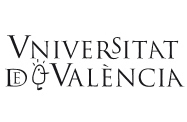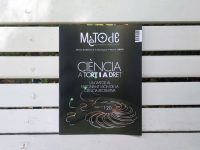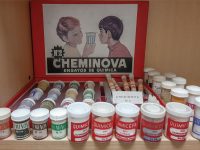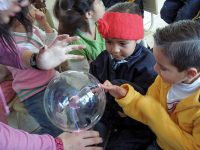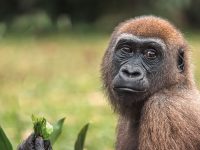Recreational science in nature
An on-the-ground perspective
The aim of this collaboration is to reflect upon outdoor recreational science and its relationship with teaching, scientific dissemination, collecting, and geological tourism. I propose a radical vision of scientific experimentation outside the academic field, with more varied techniques, processes, and materials, emphasising the importance of the «object», often of natural origin, as a motivator of perception, fine observation, and scientific curiosity. I also briefly consider the impact it can have on the natural environment and the need to find a balance between human pressure and respect for the environment. Finally, I propose the inclusion of recreational scientific activities in camps, rural hotels, and other accommodation in nature, and even in specific spaces, as a necessary leisure activity for the knowledge society.
Keywords: recreational science, STEAM, maker culture, scientific collecting, geological tourism.
Introduction: recreational science and science outreach
The first time the author of this text read the words recreational and science together was thanks to the famous book by Josep Estalella Graells (Estalella, 1918), more than four decades ago. This modest booklet, full of suggestions and phenomenological reflections, is still relevant today. It offers a playful approach, full of small material manipulations that can enrich small talk and improve the scientific knowledge of its participants. This is because recreational science is often synonymous with fun, surprise, or experimental skill, behind which there is a curious phenomenon or scientifically interesting causality, often in the field of physics, chemistry, or geometry. We could even call it «living room science». Today, Josep Estalella’s recreational science has moved on from the domestic table to other spaces, such as the classroom and nature, and has also expanded its focus to include natural history.
From my point of view, recreational science is an amalgam of experiments, demonstrations, and manipulations applicable to many areas of knowledge transmission, including the world of schools (at least in the early formative stages of primary and secondary education). We should not forget, however, that the transmission of scientific knowledge is by no means limited to the academic world. We can find extraordinary disseminators on YouTube, on various radio and television channels, in bookshops and libraries, science museums, and a myriad of events of all kinds and with various motivations.
Recreational science is therefore the great ally of the science populariser, who must provide society with quality entertainment, entertainment that nourishes, as Jaume Vilalta, creator and director of the award-winning TV3 programme Quèquicom (‘What, who, how’), often puts it. Nourishing a predominantly urban society – which is increasingly seeking contact with nature – with quality entertainment opens up an extraordinary door for recreational science activities on the beach, in the forest or mountains, and also in the countryside.
Recreational science, the digital world, and heavy STEAM
Recreational science often has a material component that is of great importance today. Let us face it: if we observe the children, young people, and adults around us, we will soon notice that we almost never interact with matter on purely experimental terms. We may touch things or manipulate objects, but we always do so as users, rarely as experimenters with a desire to know more and answer questions. When we want to know something, we open a book or a search engine, or we look on social networks. The answers we get are usually of great value, but unfortunately, they have one thing in common: they do not allow us to touch, manipulate, or experiment. Yes, things are made in the «makersphere», but almost always with a digital printer or laser cutter. Yes, machines are built in school technology labs, but with a limited range of raw materials. Let us be realistic: digitalisation has impoverished the material wealth of today’s citizens.
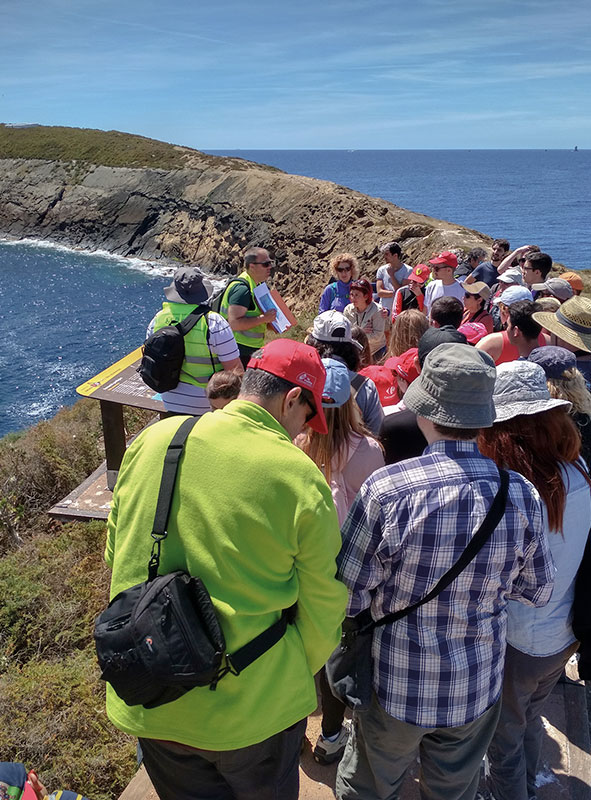
Figure 1. Geotourism in the Columbretes Islands (Castellon). The photograph shows the «Geolodía» dissemination initiative in May 2019 which is carried out throughout the Iberian Peninsula and offers guided tours by geologists that are open to the general public. / Marc Boada
Fortunately, if there is one field that can provide experience with a wide range of materials with very different properties, it is recreational science. It offers a material complement to the digital universe in which we live. For, as we have learned from Jorge Wagensberg, the dialogue between phenomenon and object is essential to the transmission of knowledge (Bär, 2005), and this implies touching reality, which we are doing less and less of.
This is related to a new concept of traditional education that we call STEAM (Science, Technology, Engineering, Art, and Mathematics). According to this interesting and valuable educational philosophy (Feldman, 2015), the design of cross-cutting pedagogical activities facilitates learning and the attainment of skills, and recreational science has a role to play here. But perhaps we should see this as just the first step towards what I like to call heavy STEAM. This philosophy seeks an attitude closer to garage science (which has historically produced great ideas), to the American DIY philosophy, to more radical amateur scientific experimentation, and to research with a high degree of experimental complexity (Carter et al., 2021).
In the world of heavy STEAM, experimenters can search for literature and information on their phones or tablets and use digital tools with ease, but then they select materials based on their properties, take measurements, saw and drill, get their hands dirty, run tests, adjust parameters, and enjoy the results. Therefore, all in all, recreational science could or should be the gateway to a more analogue world – perfectly compatible with the digital world – where direct contact with materials and their diversity becomes the central axis.
Recreational geoscience: exploring, documenting, and experiencing
With these thoughts in mind, it is finally time to get our hands, or at least our boots, dirty. Let us get in the car and… where are we going? Where can you find recreational science in nature? The answer is simple: just about everywhere. To illustrate, let us start with the inert part of reality, the geological part.
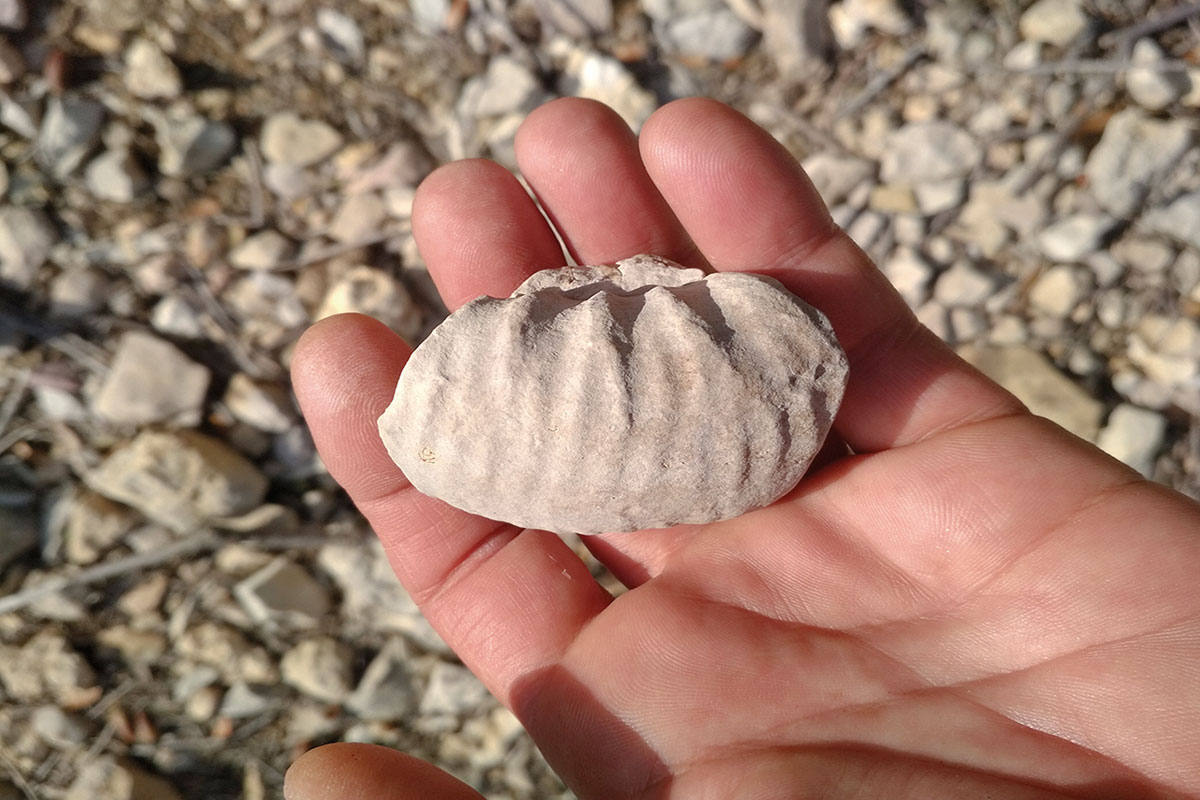
Figure 2. Fragment of an ammonite fossil, an extinct natural treasure, collected in the Serra de Tramuntana, in Mallorca, in 2021. / Marc Boada
We can find real wonders just a few hours’ drive from the editorial offices of this journal. Towards the north, we can study periglacial geological structures, such as those of the Sierra de Javalambre in Teruel, or worn volcanic pinnacles, such as those of the Columbretes Islands in Castellon (Figure 1). We can also visit mines, find fossils of all kinds (Figure 2), observe cave paintings, collect flint by the roadside, and jump from Triassic rocks to anthropogenic strata. If we go south, scientific bliss is also guaranteed. We can visit volcanoes in the middle of the sea, observe several outcrops of the most famous layer on Earth – the Cretaceous–Paleogene (K/Pg) boundary, the iridium-rich layer that marks the boundary between the secondary and tertiary eras – near the town of Agost (Alicante) or in Caravaca de la Cruz (Murcia), and be fascinated by the tectonic structures of the Iberian mountain ranges. Further north and south are the Pyrenean thrust faults, the large secondary outcrops filled with dinosaur remains, and the Pyrite Belt in the south of the Iberian Peninsula. So, if we follow proper scientific documentation procedures, supported by computer tools and GPS, etc., we will return home not only with new experiences and sensations, but also with useful materials to continue learning and experimenting. We will now see how.
First of all, nature photography is a form of recreational science, as is scientific drawing of the geological landscape (Figure 3), known as «geosketching» (Camps Gamundi, 2018). But the most tangible part of scientific documentation is undoubtedly the specimen. For the tireless experimenter, the amateur naturalist, and the encyclopaedic collector, the field plays a double role: it is a source of inspiration and a space for material supply (Boada Ferrer, 2013). Collecting is wonderful, as Estalella himself said: «… when visiting mines, every young student must try to collect different samples of minerals…» (Estalella, 1918, p. 419). Because when you walk around the mountains, you never know what you will find. However, everything has a limit and, above all, a cost, which forces us to be very careful (we will talk about this later).
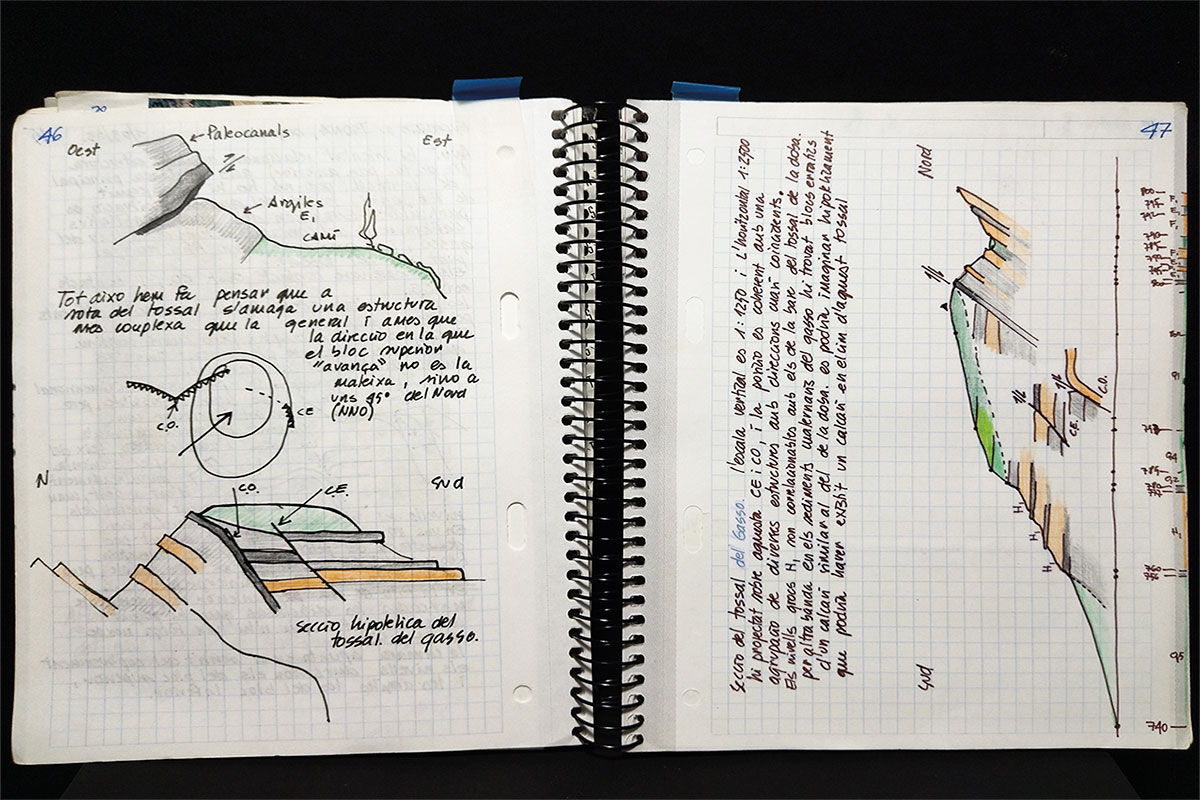
Figure 3. Geosketching can help to acquire geological knowledge and at the same time, document the territory. / Marc Boada
Of course, rocks are a priority for recreational geoscientists. Who has not picked up a curious stone? The world is full of them. Stones are fragments of rock, and rocks tell us everything about the geological dynamics of our planet. Jorge Wagensberg said: «to explain a particular stone (from this planet or any other), we have to go back to the Big Bang». If we are interested in volcanism, for example, we only have to travel across the Iberian Levante, from the Pyrenees to Gibraltar, and we will find practically every type. With the right rocks, we can build a lithotheque of enormous pedagogical value and create educational suitcases – pedagogical containers that develop a topic of the educational curriculum – without having to buy any materials (Boada Ferrer, 2020).
This brings us to the second group of materials we can obtain from the mineral world: experimental products. Nowadays, when we need a material, we usually buy it. However, this conceals a very important part of the technological chain that has brought it into our hands. For example, when children model with clay or use paints, whether in art class, at home, or in extracurricular activities, they are manipulating a material that has already been prepared for use. However, it is not so difficult to find mud and clean it for modelling, to find magnetic sand on the beach to create magnetic field lines (Figure 4), or find «dyestones» and grind them into pigments. Following the process is fun and you can learn a lot (Boada Ferrer, 2016).
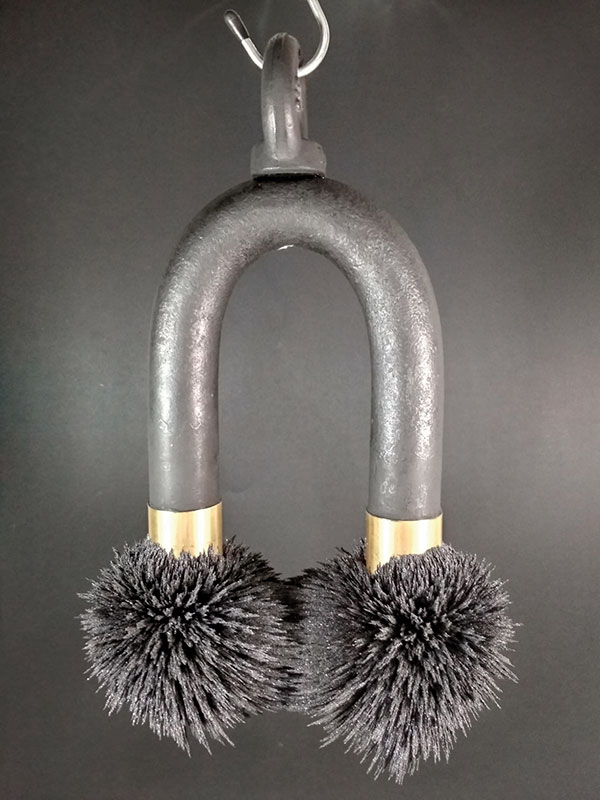
Figure 4. Three-dimensional magnetic field lines materialised with magnetite powder collected on the beaches of Cap de Creus, Girona. The horseshoe magnet is three centimetres in diameter. / Marc Boada
Finally, recreational geoscience leads us to discover beautiful landscapes, to look for amazing folds and structures, and we can do this alone or in company. Local and regional geoparks and museums are organising more and more excursions for the general public. In addition, several leisure activity companies and scientific disseminators, such as this author, accompany family groups to discover geological sites. Geological tourism is already a reality and can also be considered as recreational geoscience.
Experimenting with living matter
While the inert world can provide us with experiences, landscapes and materials to study or experience, the living substrate, with its extraordinary diversity, can provide enjoyment on a completely different level. From the purely observational pleasure of a visit to a magnificent beech grove to the study of altitudinal differences in plant layers, everything deserves a visit and opens the door to a range of activities (Chinery, 1980).
On nature walks we can collect specimens for a herbarium or samples of fungi and mosses (carefully) to create closed ecosystems that would surely make Mr. Stalella proud (Figure 5; Shields, 2022). We may also find feathers, skulls, pellets, horns, teeth, fallen nests, and countless unexpected curiosities to collect or document. If we do not find any of these things, going out into the woods with a good magnifying glass is still a unique experience that every child should have: for example, they can go to any stream of clean water, take a sample of the bottom sediment and put it under the microscope (Figure 6). They will see a whole tiny universe open up before their eyes.
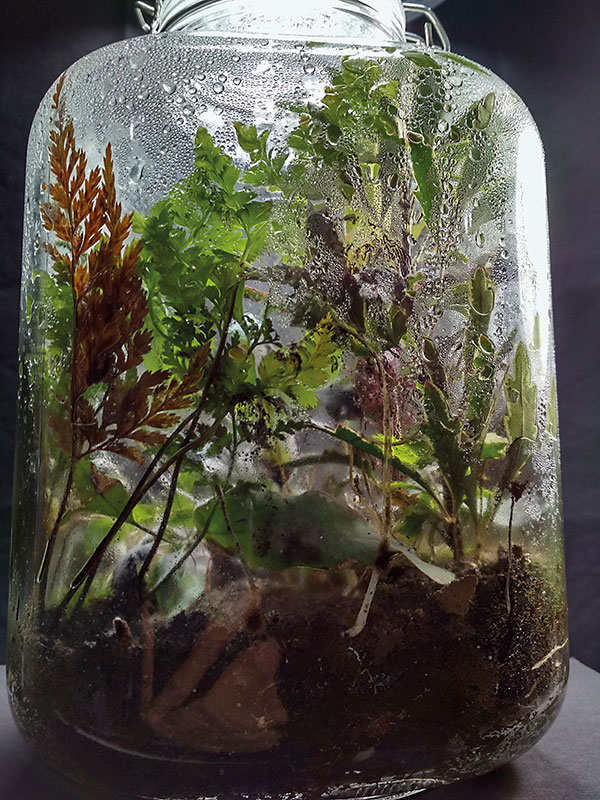
Figure 5. Ecosystem in a jar. Done right, the life contained inside can self-sustain for decades. / Marc Boada
In the forest we can also find the materials we need to make beautiful toys. Using twigs, fruit, fibres, stems, and a knife, we can make water windmills, whistles, grotesque figures, balancing toys, musical instruments, and spinning tops that will take us back to the magical world of traditional forest toys. The forest also offers the opportunity to explore new forms of art (Figure 7) such as land or forest art, which are very committed to sustainability.
Today’s recreational science is also linked to citizen science. Counts of bird or bat species, meteorological records, data on plant flowering, fungal and lichen species, and of course, chorological information on amphibians, reptiles, and mammals, to name but a few, can make science more collaborative. Examples of this are the projects promoted by the Natural Parks Network of the Barcelona Provincial Council (2023), such as Natusfera or RiuNet.
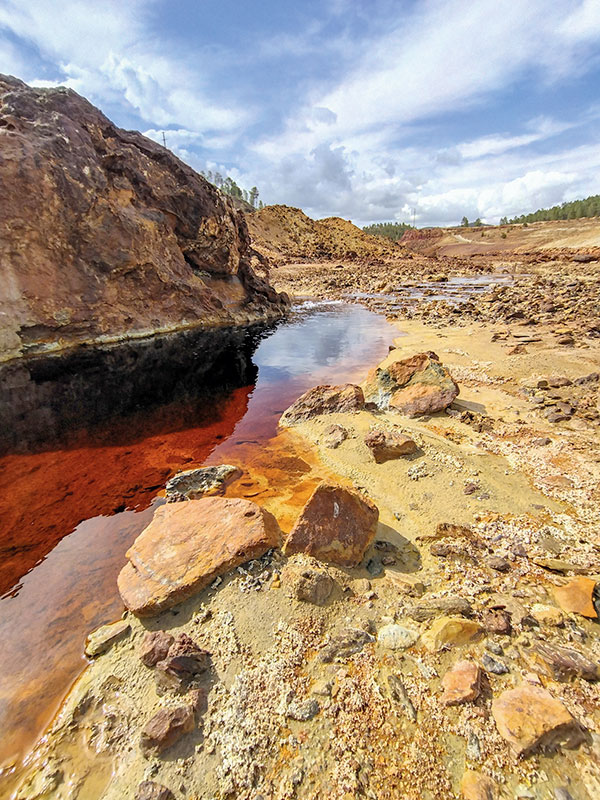
Figure 6. An easy experiment to do in nature is to take a sample of the sediment from the bottom of a river or stream and examine it under a binocular microscope. The image shows Río Tinto (Almeria), a mandatory stop when searching for extremophile organisms. / Marc Boada
Recreational science in the field: harvesting, never predation
As we have said before, we are fortunate to live on a very diverse peninsula. Within a day’s drive, we have access to extraordinary geological diversity. This is reflected in a wide petrological, mineralogical, and palaeontological catalogue, not to mention geomorphological, tectonic, and sedimentary records. Indeed, this rocky layer is home to a very rich life. Without going too far, we can go from the coastal scrub to the alpine pastures, passing through spectacular woods, beech forests, or oak groves; of course, we will discover the impressive diversity of life hidden among the rocks and plants, with thousands and thousands of species from all five kingdoms.
So, it is very easy for us to find and collect materials to add to our collections or simply to experiment with, and this is where the conflict arises. The conflict lies in the fragile balance between harvesting and conserving, between studying and preserving.
We can take samples from nature – sometimes we have to – but we always have to be careful, respectful, and very cautious. Amateur geologists feel this tension particularly when they discover extraordinary fossils decaying in the wild, which they are expressly forbidden to collect. It makes sense: all the great palaeontological, archaeological, and mineral deposits have been sheared off, and what remains must be protected. But we must also understand that amateur collections of fossils, minerals, or rocks are of exceptional importance. Primarily because responsible amateur science involves fruitful cooperation with scientific institutions. How many amateurs have discovered new species? How many archaeological and palaeontological sites have been discovered by amateur prospectors? The answer is clear: many! (Leber, 2019; MacFadden et al., 2016).
There is another factor, perhaps the most important one: systematic and serious collecting is the seed of many scientific careers. Sir David Attenborough, a collector of fossils from a young age and not at all suspected of predating the environment, presented himself as an example in an interview reviewing his career (BAFTA Guru, 2017). Thus, we need a code of ethics to guide recreational science in its interaction with the natural world, so that we can go out and explore this wonderful planet scientifically.
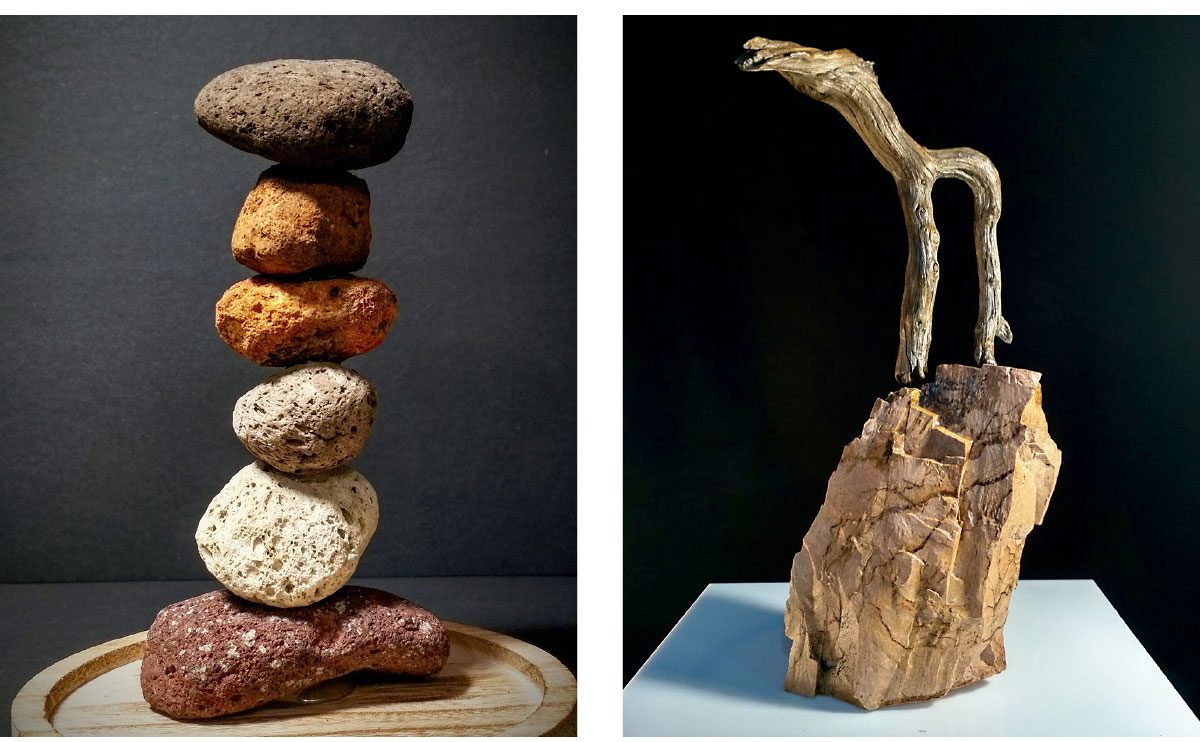
Figure 7. Sculptures made from objects collected in nature, as part of a workshop for children called «Materials dialogue». The image on the left shows coloured pumice stones from Sao Miguel, Azores; the one on the right shows a zoomorphic figure made with materials from the Montseny massif. / Marc Boada
Science in the rural world
Throughout the territory, groups of experimenters have reproduced ancient steel-making technologies and obtained malleable steel from minerals (Boada Ferrer, 2015a). Enthusiasts of ceramics and enamel have set up simple kilns and produced objects of unquestionable beauty. Experimental archaeologists have reproduced processes that cannot be carried out indoors and in countries further north, meetings of fans of traditional technologies are commonplace.
In Spain, too, there are more and more places where recreational science is not a one-off activity but rather, a permanent project. Far from the city, in the countryside, there are many camps, rural lodgings, and interpretation centres that have gradually expanded the catalogue of activities with an increasingly scientific content. The presence of a permanent outdoor space makes it possible to carry out a whole series of experiments that cannot be carried out elsewhere, such as the ones we have mentioned; these experiments take recreational science to a higher level of difficulty and scientific rigour. Some examples are the Eix Estels Houses or the Associació Pèndulum per a la Difusió del Coneixement Científic (‘Pendulum Association for the Diffusion of Scientific Knowledge’).
If we are outdoors and have time to make methodical observations of weather and climate changes, we can build a spectacular geyser with real fire, or produce a huge rainbow. In a large enough space, and for the enjoyment of people of all ages, we only need a good amount of sand, a water hose, and a little ingenuity to reproduce the external geological cycle with scientific precision (Boada Ferrer, 2015b). If we are near a meadow, we can fly a kite, experiment with solar concentrators, make coal, launch compressed air rockets, or build a scale model of the solar system. If we are in a field, we can build an insect hotel, play with prehistoric paintings, make and bake ceramics, cut flint, melt metals, or do high-temperature chemistry, among other things, and of course, outdoor spaces are optimal for connecting with the cosmos. Observing the paths of the stars or the phases of the moon with today’s wonderful telescopes has become a unique source of scientific stimulation.
Incredibly, outdoor recreational science interacts with the environment, shapes it to meet its needs, and ends up, almost unintentionally, converging with another scientific recreation space: the science museum. The similarity in function is extraordinary – to provide scientific stimulation – but the realisation is quite different. It is a space for interacting with reality, where nature itself is the framework and the objective; a place for formulating questions, but a more direct, authentic, and perceptive one. Therefore, we would need to provide our society with more open and accessible scientific spaces, where recreational science can be enjoyed in groups, as a family, and in the first person.
References
Bär, N. (2005, 24 August). «Conocer es aún más importante que comer», dice Jorge Wagensberg. La Nación. https://www.lanacion.com.ar/cultura/conocer-es-aun-mas-importante-que-comer-dice-jorge-wagensberg-nid732586/
BAFTA Guru. (2017, 10 June). David Attenborough. A life in television [Video file]. Youtube. https://www.youtube.com/watch?v=Gw1XhyvScfY
Boada Ferrer, M. (2013). Minería artesanal. Investigación y Ciencia, 440, 86–88.
Boada Ferrer, M. (2015a). Microsiderurgía. Investigación y Ciencia, 461, 84–87.
Boada Ferrer, M. (2015b). Geomorfología experimental. Investigación y Ciencia, 471, 85–87.
Boada Ferrer, M. (2016). Taller y laboratorio. Materiales cerámicos. Investigación y Ciencia, 477, 86–90.
Boada Ferrer, M. (2020). Carbono: el elemento estrella. Investigación y Ciencia, 520, 82–85.
Camps Gamundi, I. (2018). GeoloSketchers: El placer de dibujar la geología. Enseñanza de las Ciencias de la Tierra, 26(2), 245–248. https://raco.cat/index.php/ECT/article/view/338691
Carter, C. E., Barnett, H., Burns, K., Cohen, N., Durall, E., Lordick, D., Nack, F., Newman, A., & Ussher, S. (2021). Defining STEAM approaches for higher education. European Journal of STEM Education, 6(1), 13. https://doi.org/10.20897/ejsteme/11354
Chinery, M. (1980). Guía práctica ilustrada para los amantes de la naturaleza. Blume.
Diputació de Barcelona. (2023). Ciència ciutadana. https://parcs.diba.cat/web/conservacio-de-la-biodiversitat/ciencia-ciutadana
Estalella, J. (1918). Ciencia recreativa. Enigmas y problemas, observaciones y experimentos, trabajos de habilidad y paciencia (3a ed.). Gustavo Gili.
Feldman, A. (2015). STEAM rising. Why we need to put the arts into STEM education. Slate. https://slate.com/technology/2015/06/steam-vs-stem-why-we-need-to-put-the-arts-into-stem-education.html
Leber, J. (2019). Species sleuths. Amateur naturalists spark a new wave of discovery. Yale Environment 360. https://e360.yale.edu/features/field-sleuths-the-amateur-naturalists-who-are-discovering-new-species
MacFadden, B. J., Lundgren, L., Crippen, K., Dunckel, B. A., & Ellis, S. (2016). Amateur paleontological societies and fossil clubs, interactions with professional paleontologists, and social paleontology in the United States. Palaeontologia Electronica, 19.2.1E, 1–19. https://doi.org/10.26879/161E
Shields, J. (2022). How a closed terrarium can live for decades, no water added. HowStuffWorks. https://home.howstuffworks.com/closed-terrarium.htm
